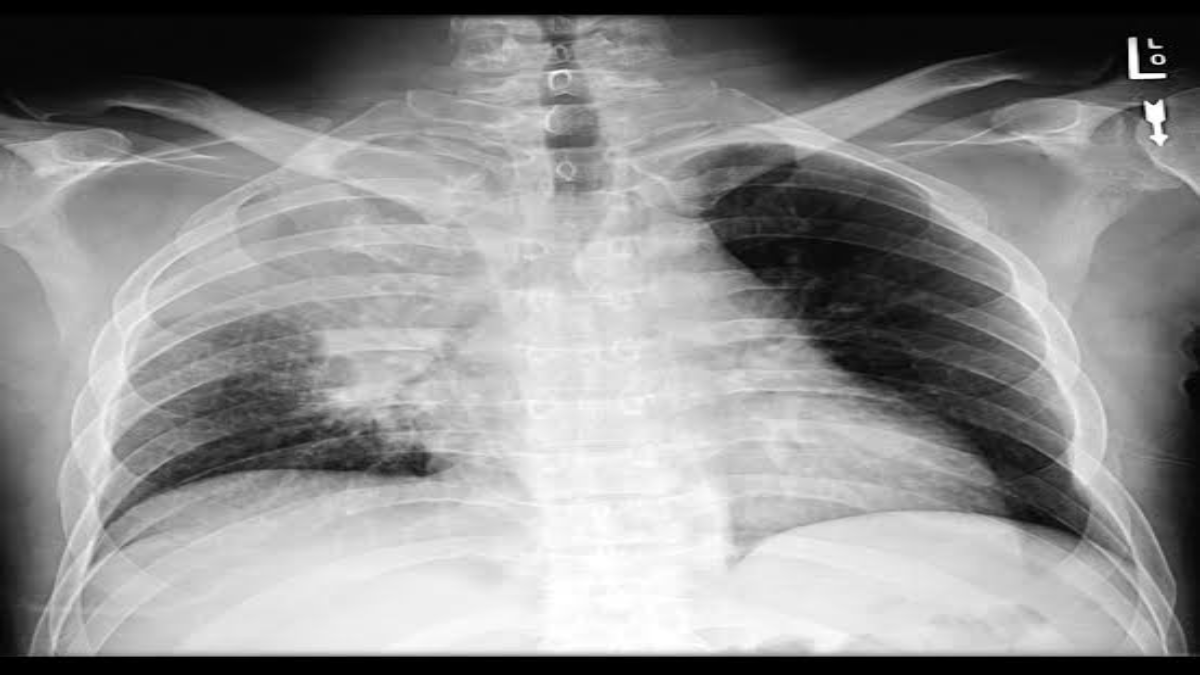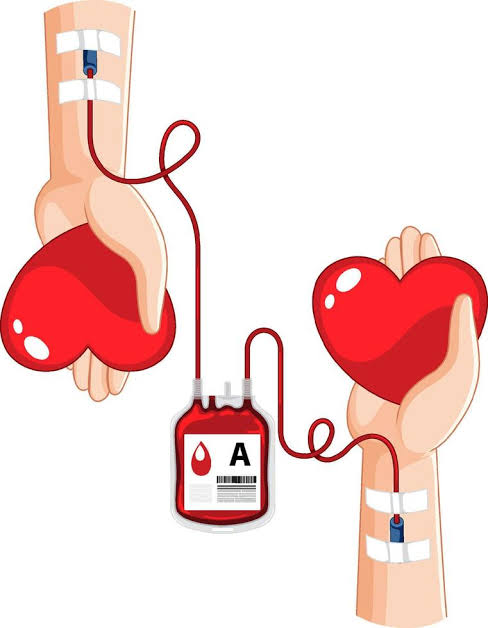World Lung Cancer Day: Our Heroes Past, A Brighter Future

A 68-year-old woman is brought to the ED after coughing up a cupful of red blood. For the previous 3-4 months, she has had a chronic non-productive cough but no fevers. More recently, she has noticed some blood-streaked sputum. On review of the symptoms, she reports increased fatigue, decreased appetite, and a 25-lb weight loss in the past 3 months. She denies chest pain, fever, chills, or night sweats. The patient has smoked one pound of cigarettes per day for the past 35 years. Physical exam reveals fingernail clubbing. What is the most likely diagnosis? (Credit: Okoye P.)
No, the patient was not diagnosed with “no dawg”. The answer to the clinical question above is bronchogenic carcinoma. In common parlance, lung cancer. Well, in truth, bronchogenic carcinoma is a term frequently used as a synonym for lung cancer, despite not being entirely accurate, as lung cancers can also arise from the lung parenchyma, not just the airways, as in the case of primary pulmonary sarcoma. Lung cancer/ lung carcinoma refers to a broad range of malignant tumours linked with inhaled carcinogens, tobacco smoke being chief among these, implicated in 90% of cases. There are various types of pulmonary neoplasms. The rare non-epithelial pulmonary tumours are lymphomas and sarcomas, but epithelial tumours that affect the airways form a vast majority of cases. These bronchogenic carcinomas can be further classified into small-cell lung cancer (SCLC) and non-small-cell lung cancer. (NSCLC). Types of NSCLCs include squamous cell carcinoma, adenocarcinoma and large-cell carcinoma. It’s a lot of ways to die, I know. But this just brings into perspective how complex and dangerous the disease itself can be.
The widespread smoking of cigarettes in the Western world is largely a 20th-century phenomenon, adapted from the Ottoman Turks, and in fact, prior to the popularisation of cigarette smoking, lung cancer was indeed a rare disease.
1950s advertisement for cigarette brand, Camels, featuring a medical doctor. We have to do better than our predecessors, people.
Today, it is the most common cancer overall, causing the most deaths among men and women, and claiming an estimated 1,796,144 lives in 2020. The link between lung cancer and smoking was not established until the late 1930s when Argentine physician, Ángel Honorio Roffo published a series of papers on Tobacco carcinogenesis. Notable among these was Krebserzeugende Tabakwirkung (Carcinogenic Effects of Tobacco), published on January 8th, 1940, during World War II. Roffo published several articles showing that cancers could be experimentally induced by exposure to tars from burned tobacco. He isolated tobacco benzopyrene from tobacco tar, showing that it caused malignant tumours in animals. Roffo also triggered tumour metastasis in experimental animals using nicotine-free tobacco, proving that tobacco tar, with or without nicotine, was carcinogenic. In addition, Roffo demonstrated that different types of tobacco had different carcinogenic potentials, and that cigarette smoke was more harmful than pipe or cigar smoke. Roffo was the greatest scientific threat to the tobacco industry before the 1950s, but he was initially shunned by the scientific community (Proctor, 2006). Roffo’s work was largely ignored or dismissed by the international scientific community, partly because he published mostly in Spanish or German, and partly because he faced opposition from the powerful tobacco industry. He died in 1947, leaving behind a legacy of pioneering research that was only recognized decades later. German doctors were more accepting of his research, however, and it contributed to the first anti-tobacco movement in Nazi Germany. The Nazis had a strong anti-tobacco campaign in the 1930s and 1940s, based on their ideology of racial and bodily purity. They banned smoking in public places, restricted tobacco use for women and soldiers, and did research on the link between tobacco and lung cancer.
Ángel Honorio Roffo in his heyday.
On a day like this, it is important to remember past heroes who have fought against the scourge of lung cancer, such as Ángel Honorio Roffo, and recommit ourselves to campaigning against cigarettes and other carcinogens, in order to save lives and make the world better for it.
Ite, Inflammate Omnia
St. Ignatius of Loyola
References:
- Lung cancer | Radiology Reference Article | Radiopaedia.org
- https://www.cancer.net/cancer-types/lung-cancer-non-small-cell/statistics
- Ángel Roffo – Wikipedia, the free encyclopedia
- Cigarette – Wikipedia
- Lung cancer – Wikipedia
- Proctor R.N. 2006. Angel H Roffo: The forgotten father of experimental tobacco carcinogenesis. Bulletin of the World Health Organisation 84:494-496.
- Proctor R.N. 1996. The anti-tobacco campaign of the Nazis: a little known aspect of public health in Germany, 1933-1945. British Medical Journal 313:1450-1453.




